Gear
Choosing the Right Paddle Board
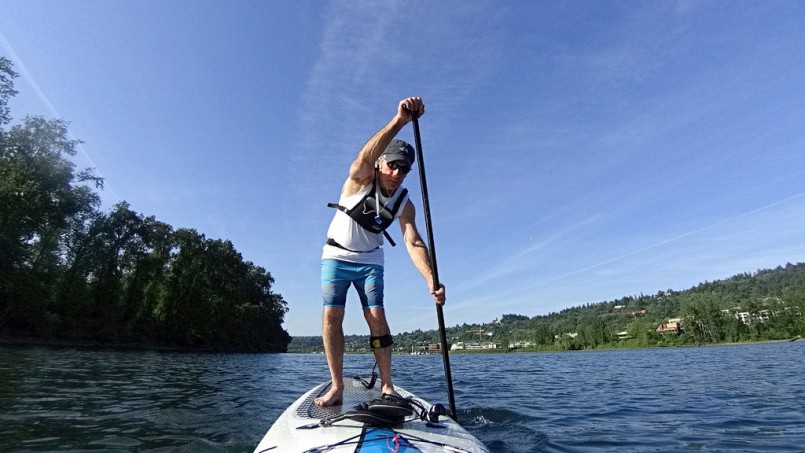
By: Bill Reynolds
You’ve seen them out there at sunset, so peaceful, so serene. And you think, I’ve got to try that. So you rent a paddle board for a few hours and next thing you know you have the bug. We all get it, and that’s just because paddle boarding is an out-of-this-world experience that is unmatched by kayaking or canoeing. It separates itself from other types of paddling, and we’re not even sure why. Perhaps it’s the fact that you’re standing up, or maybe it’s because you feel strong, balanced, and confident when gliding across the water. Whatever it is, we know you have to get one…we know.
Before you head to the store, decide what the primary purpose of your board will be. There is a huge difference between a board made for the ocean or rapid water versus a calm, flat water ride. If you’re planning on being on flat water, this does not mean it will be any less physical than more rapid conditions. Paddle boarding on smooth conditions still requires full body movement and strain. If you fit in this latter category, you’ll want a board designed for fun and fitness. Boards like this will be labeled for all-around use, stability, and easy maneuvering. If you fit the first category, then you’re more likely to paddle long distances at higher speeds. Your main concerns should be speed and efficiency in the water.
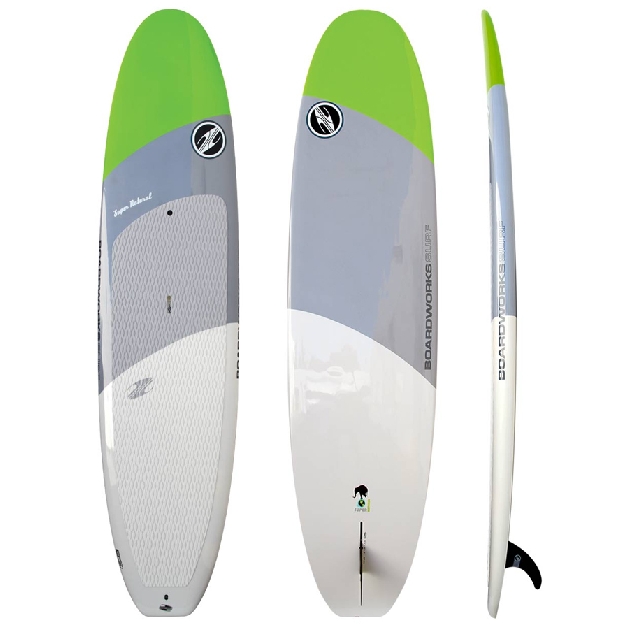
Planning Hull Mountain High Outfitters
The first choice you’ll have is hull type, which refers to the shape of the board. You can choose between a planning hull and a displacement hull. Planning hulls, like this one from Mountain High Outfitters, are good for those who are using it as a recreational activity, while a displacement hull, see the one below from Paddle Board Specialists, is more suitable for long distances and racing. Similar to a surfboard, planning hulls are flat and wide. This makes them more stable—great for beginners. A displacement hull will have a pointed nose similar to a kayak or canoe. Due to its pointy tip, displacement hulls allow for faster speed, but the downside is that they tip much more easily.
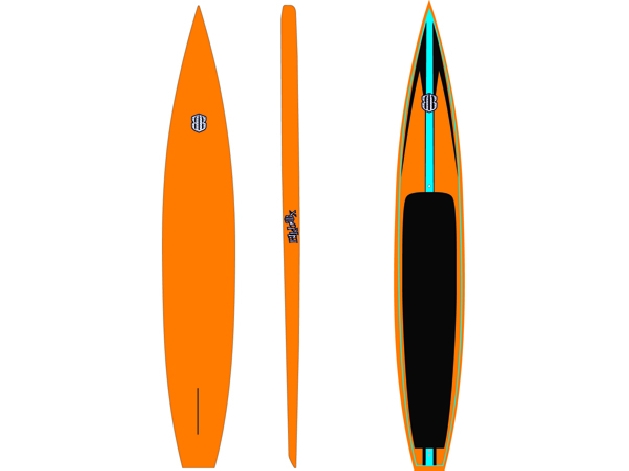
Image: Paddle Board Specialists
The volume of a board refers to the amount of weight the board can carry while staying afloat. The greater the volume, the more weight the board can hold. Each board will also clarify its weight capacity. If you do not allow for the right capacity, the board will ride too low in the water and make it more difficult to paddle.
Let’s talk length. Shorter boards (under 9′) are designed for surfing. They are more maneuverable for quick turning than a longer board. Medium boards (9′-12′) are good all-purpose boards for those paddling on calmer lakes. Longer boards (12.6′-14′) are great for racing or touring because they glide in a straight line more easily than shorter boards are able to.
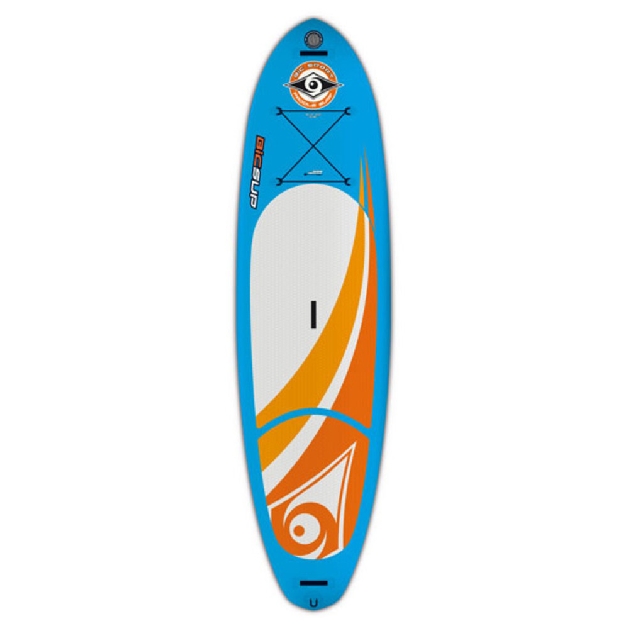
Inflatable Paddle Board Windward Board Shop
Another option to keep in mind is an inflatable paddle board, like this one from Windward Board Shop. These are great for people who live in cities because they’re easy to carry and store. Not to mention, they’re incredibly lightweight. Inflatable boards are probably more durable than you would expect. Sometimes it is difficult to tell if the boards are inflatable or not.


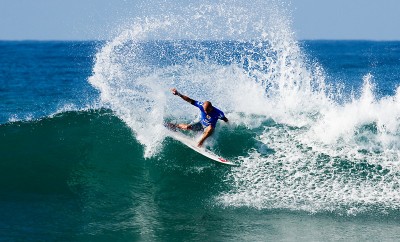


0 comments